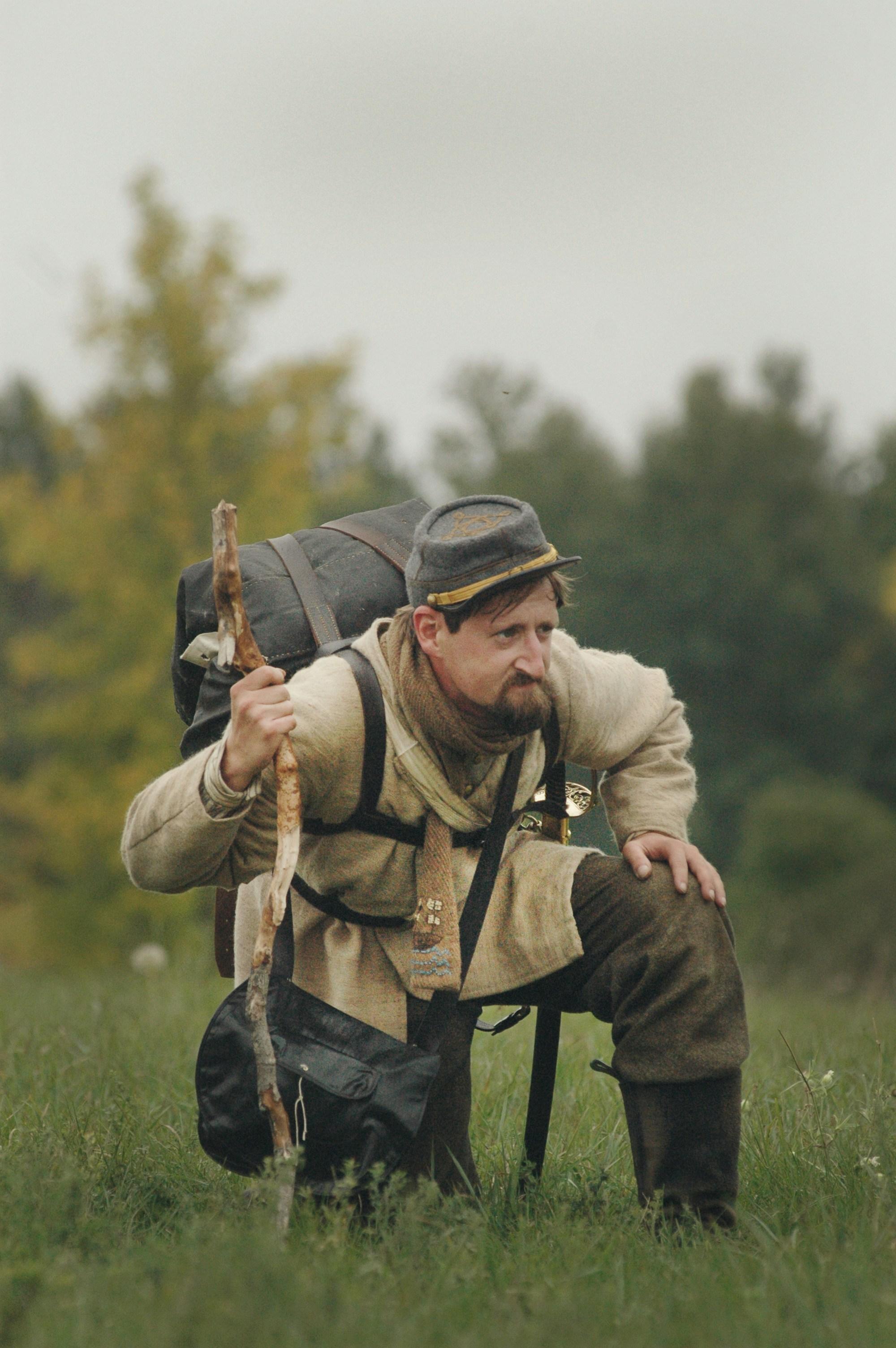In the dynamic world of cinema, leading actors often serve as the focal point, embodying characters that capture the imagination of audiences worldwide. However, beneath the glamour and acclaim lies a critical question: are age and gender biases prevalent in these performances? This article delves into the intricate layers of casting practices, industry standards, and audience expectations to explore whether age and gender influence the opportunities and portrayals of leading actors. By examining patterns in film history, industry data, and case studies, we aim to uncover the extent of these biases and their impact on both the art of storytelling and the careers of those who bring it to life.
Understanding Age and Gender Bias in Hollywood
In Hollywood, age and gender biases often manifest in the casting of leading roles, where younger women and older men frequently dominate the screen. This trend perpetuates stereotypes, reinforcing a skewed representation of what is deemed acceptable or desirable. The industry’s preference for youthful female leads can marginalize talented actresses over a certain age, while their male counterparts often continue to enjoy robust career opportunities regardless of age.
- Age Disparity: Female actors often face limited roles after reaching a certain age, while older male actors continue to land lead roles.
- Gender Bias: Scripts often depict women in supporting or romantic roles, while men are portrayed as leaders or action heroes.
- Impact on Careers: This bias affects not only the diversity of stories told but also the longevity and diversity of acting careers.
Addressing these biases requires an industry-wide shift towards more inclusive storytelling and casting practices, ensuring that talent and narrative depth take precedence over outdated stereotypes.

Analyzing the Impact of Stereotypes on Casting Decisions
The film industry has long grappled with the implications of age and gender stereotypes, particularly in casting leading roles. Stereotypes often dictate the “ideal” characteristics for protagonists, influencing not only who is cast but also how stories are shaped. This bias can manifest in several ways:
- Age Stereotypes: Younger actors are frequently favored for leading roles, perpetuating the notion that youth equates to desirability and relevance. This trend sidelines older actors, particularly women, despite their talent and experience.
- Gender Stereotypes: Male actors are often cast as the default protagonists in action or adventure films, while women are frequently relegated to supporting roles or typecast in romantic genres. This skewed representation reinforces outdated gender norms.
These biases not only limit the diversity of stories told but also perpetuate narrow perceptions of age and gender in society. Challenging these stereotypes requires a concerted effort from casting directors, filmmakers, and audiences alike to demand and support more inclusive representation.

Evaluating Performance Trends Across Different Demographics
Analyzing the nuances of leading actor performances reveals intriguing patterns across various demographics. Age and gender often emerge as critical factors influencing both the portrayal and reception of roles. In many instances, younger actors are favored for roles that demand vitality and romantic appeal, potentially sidelining older actors who bring depth and experience. Conversely, roles requiring authority or wisdom might skew towards older demographics, inadvertently perpetuating stereotypes.
Gender biases further complicate this landscape. Female actors frequently encounter limitations in role diversity, often being cast in supporting roles compared to their male counterparts. This disparity is evident in the types of characters they portray, with women often restricted to roles that emphasize traditional feminine qualities. Key trends include:
- Men often receiving roles that highlight leadership and resilience.
- Women frequently cast in nurturing or romantic roles.
These patterns not only reflect but also reinforce societal biases, suggesting a need for more inclusive casting practices that challenge traditional norms and celebrate diverse talents.

Recommendations for Promoting Inclusivity in Leading Roles
Addressing age and gender biases in leading roles requires a multifaceted approach. Here are some effective strategies:
- Implement Blind Auditions: By anonymizing auditions, casting directors can focus solely on talent, reducing subconscious biases.
- Diverse Casting Panels: Ensure that casting decisions are made by panels that reflect a variety of perspectives and backgrounds.
- Inclusive Storytelling: Encourage scripts and stories that naturally incorporate diverse characters, offering a broader range of opportunities for actors of all ages and genders.
- Ongoing Education: Provide training sessions for industry professionals to recognize and counteract their biases.
These strategies, when implemented effectively, can significantly enhance inclusivity, ensuring that talent is the primary criterion for leading roles.

